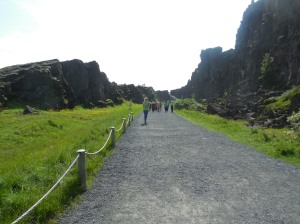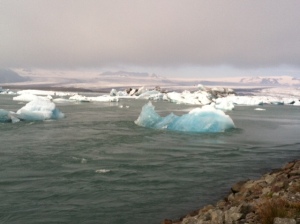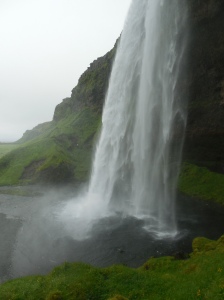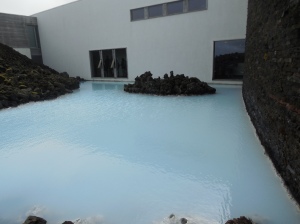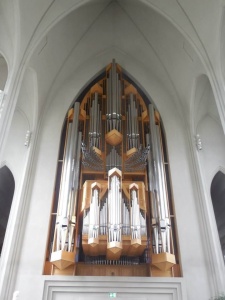
Iceland’s Blue Lagoon
Here is a fun news item: Icelandair has launched a new service called Stopover Buddy that provides passengers with stopovers in Iceland with someone to hang out. The Stopover Buddy is for those flying to Europe, and it’s free. (But technically, you have bought an Icelandair plane ticket and you have to stay up to seven nights in Iceland at no additional airfare.)
At times, fliers heading to Europe might first stop to Iceland en route to their final destination, and find themselves with some time to kill between flights in Iceland’s Keflavik International Airport. If time permits, they often leave the airport and venture out to places like the Blue Lagoon. But if you’re flying solo, Icelandair’s Stopover Buddy program is a nice incentive. It lets you be in the company of a local guide, who doesn’t mind keeping you company. Your buddy will be an Icelandair employee.
The Stopover Buddy program works like this. Before their flight, Icelandair passengers put in an advanced request for a buddy. This temporary pal (or potentially newly-made friend) is an Icelandic native who is paired up with a passenger based on a mutual interest: nature, culture, cuisine, or just some fun sightseeing. Once this information is submitted, the Stopover Buddy will set up an itinerary based on what his/her fly-by friend wants to do. It could involve seeing a specific place or local favorite spot or even doing an activity like hiking or biking.
Sadly, your chance to find a short-term buddy in Iceland is short. Icelandair’s Stopover Buddy program is available now through April 30. Plus you have to be 18 and up to use it. And your buddy will hang out with you for one day only.























